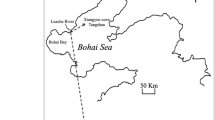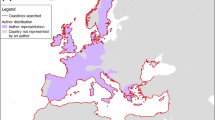Abstract
THE evidence adduced by Mr. Cunningham to prove that oysters rest on the right or flat valve in their natural state seems conclusive. Remembering, however, that I possessed a young oyster-shell detached from a sandstone rock years ago on the coast of Arran, I turned to it, and was surprised to find that the lower or attached valve was unmistakably the larger, overlapping the other at the hinge and all round. I have another single valve of some foreign species taken from a Haliotis shell, which furnishes similar evidence. Apparently, therefore, in the young or attached state it is the larger or convex valve which is the lower, and probably this is the evidence on which the ordinary statement in conchological books rests. It will be curious the truth turns out to be that the oyster changes its position when it becomes unattached. Perhaps the remarkable inequalities in the shape of the convex valves may arise from the inequalities in the objects to which they are originally fixed.
Similar content being viewed by others
Article PDF
Author information
Authors and Affiliations
Rights and permissions
About this article
Cite this article
TURNER, W. The Resting Position of Oysters. Nature 33, 30 (1885). https://doi.org/10.1038/033030b0
Issue date:
DOI: https://doi.org/10.1038/033030b0



